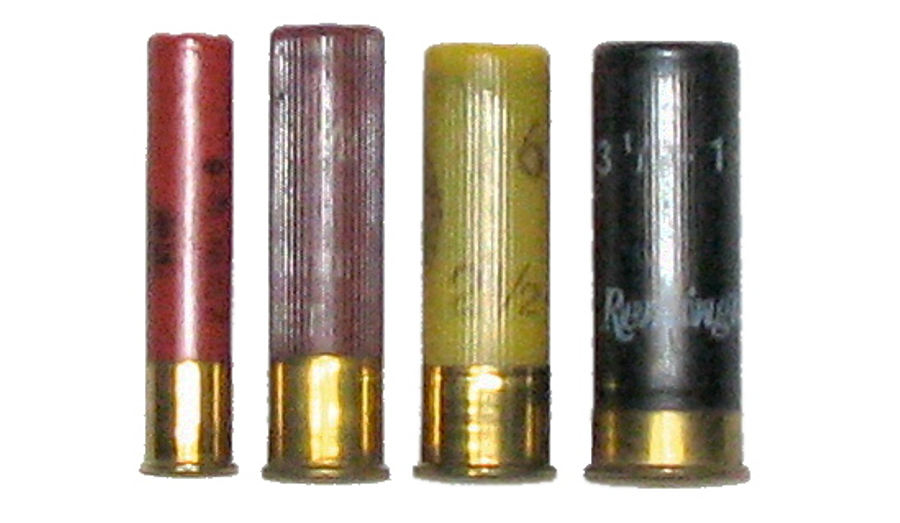Most people are familiar with 12-gauge shotguns, and many are familiar with 20-gauge shotguns. Those who grew up with shotguns are probably familiar with .410 shotguns too. But of the four major shotgun calibers on the market today, none is overlooked as much as the 28-gauge.
Shotguns used to be available in a wide array of gauges, from 2-bore all the way down to .360-bore. Nowadays the more obscure gauges such as 14-gauge and 24-gauge are almost never found in the US, and forget about 11-gauge or 18-gauge. But 28-gauge still exists, and is holding on in some corners of the shooting world.
You might ask yourself, what role does the 28-gauge even play? With a bore diameter of .550”, it sits in between the .615” of the 20-gauge and the .410” of the .410-bore. The 28-gauge normally features loads that range in weight from ¾ oz. to 7/8 oz., whereas the 20-gauge features loads of 7/8 oz. to 1 oz., and the .410-bore features loads of ½ oz. in the 2.5” shells and 11/16 oz. in the 3” shells. Since the .410-bore gets right at the lower limit of the 28-gauge’s load weight, and the 20-gauge gets right at the upper limit, is 28-gauge really superfluous? Yes and no.
If you already have a .410 and a 20-gauge, then you really don’t need a 28-gauge. But if you only have a 12-gauge, then a 28-gauge could be a good compromise between the 20-gauge and .410 if you only want one other shotgun caliber.
28-gauge shotguns are lighter than 28-gauge shotguns, making them quicker to swing and point. Their recoil is also lighter, which is good for younger, smaller, or recoil-sensitive shooters. But the 28-gauge load can still be highly effective on pheasants and other birds.
One of the largest knocks against 28-gauge shotguns was their high cost. They largely filled a niche role for well-heeled sportsmen, which is one reason the 28-gauge has fallen into obscurity. But new auto-loading shotguns such as those from Mossberg are now available in 28-gauge, with a street price around $500. That makes the 28-gauge a viable option for ordinary sportsmen once again.
Ammunition for the 28-gauge costs about as much as .410-bore, about 30 cents per round at the cheapest. That’s higher than the 20 cents per round at which you can find 20-gauge, but it isn’t prohibitively expensive.
If you already have 20-gauge and .410 shotguns, adding the 28-gauge to your collection probably won’t do too much for you, aside from giving you another fun gun to shoot. And ammo won’t be available everywhere, unlike 20-gauge and .410. But if you want a smaller gauge to pair with your 12-gauge and you don’t mind stockpiling ammo or loading your own, give the 28-gauge a look.
This article was originally posted on Red Tea News.





